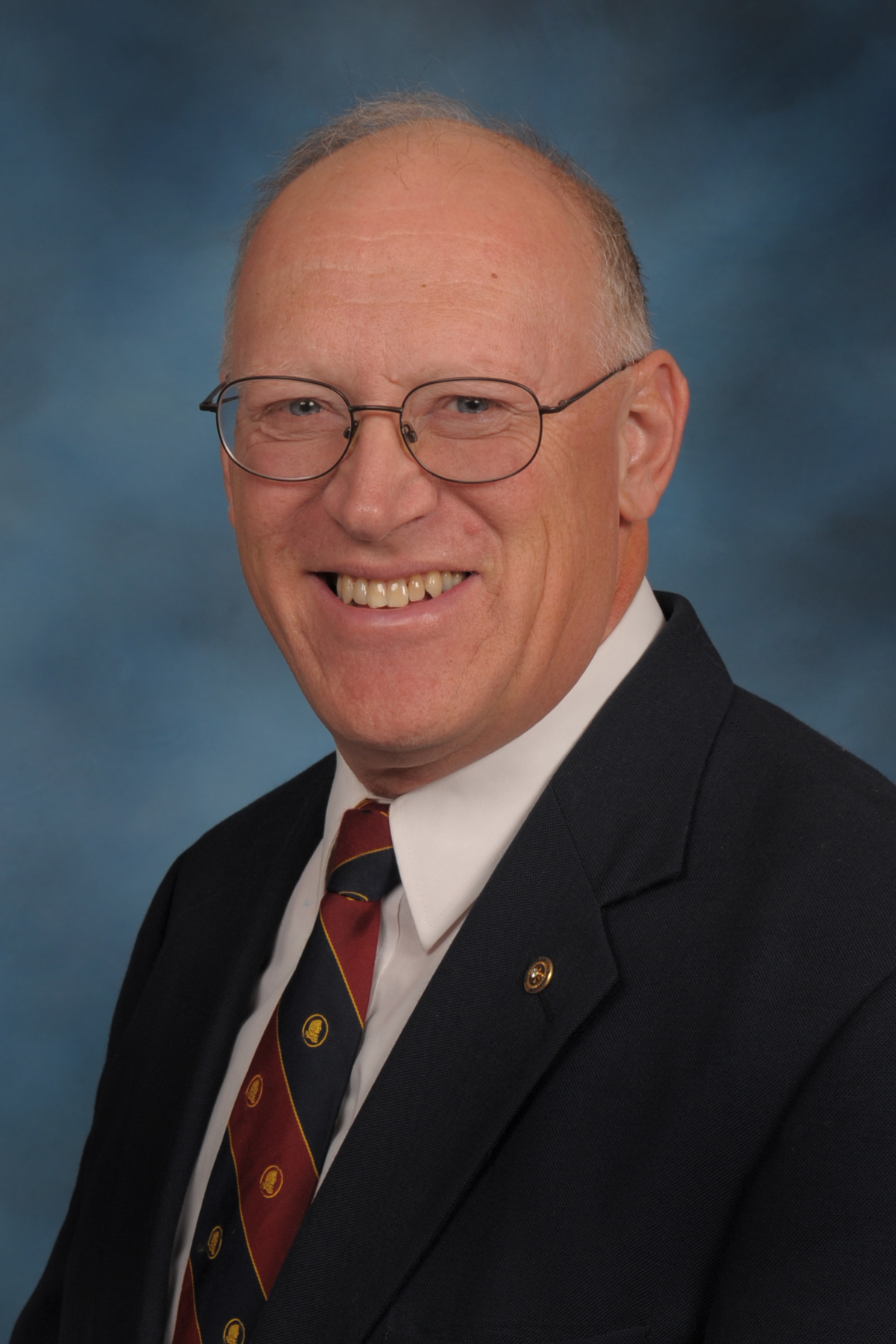
The robotic device moves forward, stops, turns right, and then backs up, as its programmer watches carefully.
That might describe the scene in a research lab or high-tech factory. In this case, the location is an elementary school classroom, and the programmer is a first-grader. This is the remarkable story of an innovative effort to help young students learn about technology.
Chuck Laughlin is the family and community wellness and community vitality agent in K-State Research and Extension’s McPherson County office. He is a McPherson County native and was active in the 4-H program as a youth.
After attending K-State, he worked in information technology, and then directed a Texas non-profit organization before coming back to Kansas to care for family. He joined K-State Research and Extension in 2022.
After joining the county office, he worked with a program assistant who had been a preschool teacher. She was interested in robotics for younger children.
Laughlin visited with Becky Goss, president of the McPherson County Community Foundation. They identified a new opportunity to support interactive robotic education. A grant opportunity was being offered by NetWorked for Change, the NetWork Kansas-supported interdisciplinary partnership for community investment that we have previously profiled.
Through the McPherson County Community Foundation, K-State Research and Extension successfully applied for a NetWorked grant to support a mobile robotics education program for local schoolchildren in grades 1, 3 and 6. It was a fun and innovative way to make young children aware of opportunities in STEM – Science, Technology, Engineering and Math.
Laughlin worked on the project with Betsy Davis, director of community services for the McPherson County Community Foundation.
“Connecting people with resources is what we do,” Davis said. Extension staff used the grant proceeds to purchase age-appropriate robotic devices to use in presenting lessons in the school. Moundridge Elementary School became the pilot program site.
First graders used a Code & Go Mouse that they would program to move certain directions, after placing colored cards in a desired order. “This was to teach introductory programming and sequencing,” Laughlin said.
Third graders used Ozobots with various lighting displays that they would program to operate remotely with an I-pad. Sixth graders worked with Lego Spike, a self-propelled device that they had to build from Legos before programming.
“We were using the robots to teach basic robotics and engineering skills,” Laughlin said. “There was also an element of teamwork as the kids had to work together.”
Depending on the age, the lessons included math problems, story problems and trouble-shooting.
“It was great to see the teachers’ faces light up when they saw the educational elements that were being integrated, and it was great to see the kids’ different learning styles,” Laughlin said.
The sixth graders were challenged to find another way to make the Lego Spike move without changing code, and then they had a race of their robots.
“They had a great time with that,” Laughlin said. “They had to re-engineer something, it was a great learning tool.”
One child described the process as “best science class ever.”
“We were all just amazed at what the kids came up with,” Laughlin said. “They were so excited to show us what they did. I think we’ve got some future engineers in there.”
Speaking of engineers, the project organizers brought together a panel of actual engineers in the county – both male and female – to speak to the sixth graders. Betsy Davis believed this was eye-opening for the students.
“Early exposure to STEM creates more interest and aptitude later on,” Davis said.
Laughlin added: “They learned a lot.”
The organizers would like to serve more schools. Other county schools that could be contacted include Inman, population 1,341, and Canton-Galva which serves the rural communities of Galva, population 834, and Canton, population 685 people. Now, that’s rural.
Grade schoolers programming robots? Yes, it’s happening in rural Kansas. We commend Chuck Laughlin, Becky Goss, Betsy Davis and all the teachers involved in this innovative program.
“The best part was seeing that spark ignited in those students,” Laughlin said. “You saw you were making a difference.”
